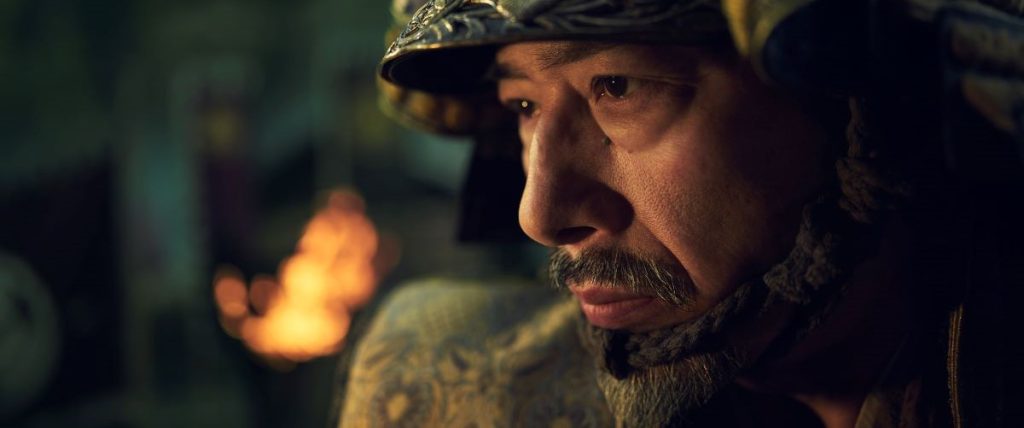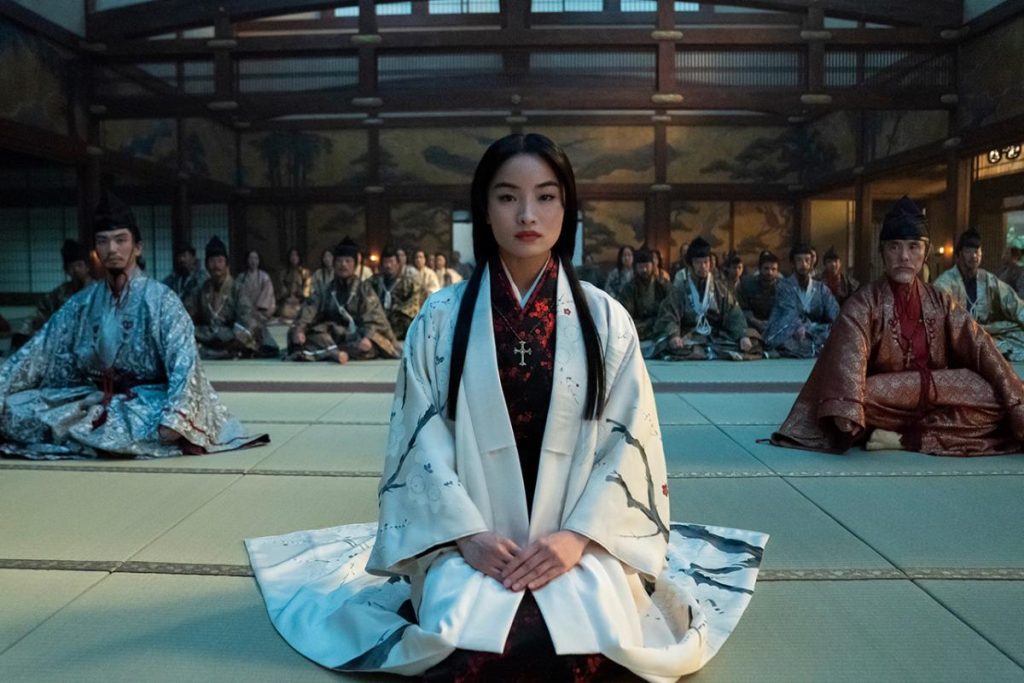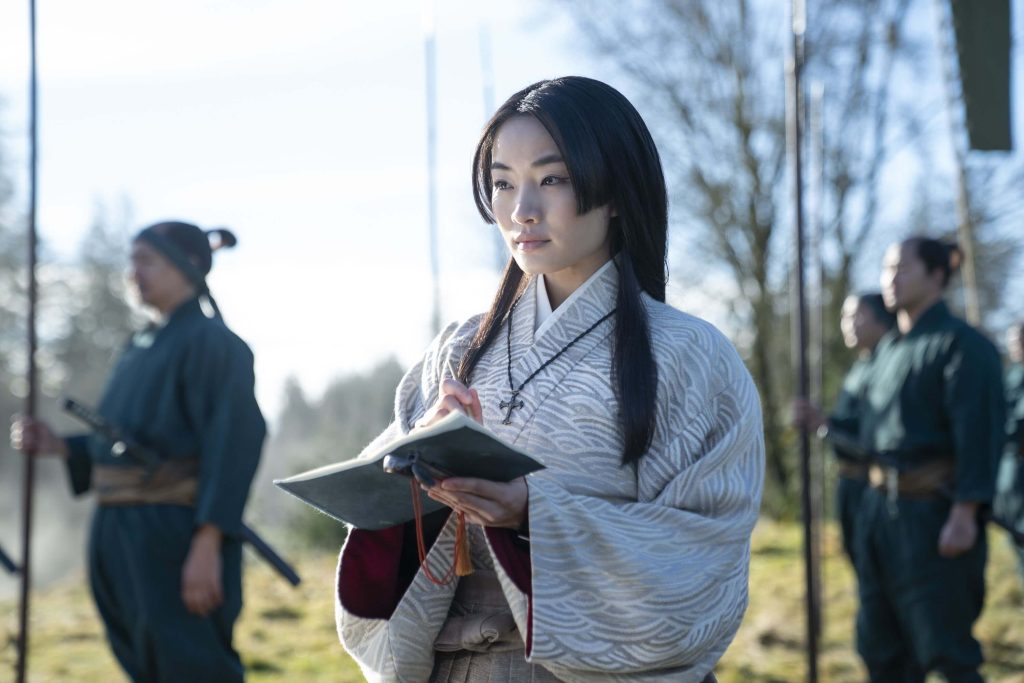When it comes to storytelling, there are many small changes that can completely shift the perspective of a work. From how a director decides to move their camera, to small details added by the actors, the smallest of changes can completely deviate from the ordinary ways of filmmaking and storytelling. One of the best examples of how a series was able to find a unique manner of storytelling is Hiroyuki Sanada’s Shogun.

The series manages to bring forth the element of translation and a language barrier in the most interesting ways possible. Using the conflict to their advantage, they deliver subtitles in a way that makes them their own component to the series, adding their own addition to the series.
Although many may have been confused at how the show delivers their interaction through word of mouth, once the viewer gains a better understanding of what is going on, the series becomes all the better.
Shogun and Language
Over the course of its ten episodes, Shogun puts somewhat of a special emphasis on its use of language. Although audiences only hear English and Japanese, there are several other languages that are used without acknowledgment. Since a majority of their viewers would understand English, the series chose to get rid of these languages in the most interesting way possible.

Rather than have a major chunk of the series relying on subtitles, they used Japanese as the only one requiring them. For the rest, all conversations, in world, took place in the same language. However, for the viewers, this was collectively put under the umbrella of English.
While many may think of this as an unnecessary change, regardless of how interesting it made the dialogue, there is one perfect example of how they used this change to their advantage. Lady Mariko embodies the change the best, acting almost as a mediator between John Blackthorne and the rest of the men in her household.

Understanding the cultural requirements of both sides, she shaped every conversation in a way that made everyone in the room happy. She added apologies and removed profanities to keep the equilbriam in the room, keeping the peace without anyone around her knowing. This small change also forced the audiences to read the subtitles of all interactions, giving them more of a job than translation.
Shogun Deserves All Its Acclaim and Nominations
Considering just how much thought and intention was put into something as simple as subtitles, it is not surprising that Hiroyuki Sanad’s Shogun is as critically acclaimed as it is. The show has an impressive 99% rating on Rotten Tomatoes, impressing not only its audience, but also the critics.

On top of this, the series also wiped the floor clean during awards season, securing fourteen wins at the Primetime Creative Arts Emmy Awards. Additionally, the series has also been nominated for eight awards at the Primetime Emmy Awards. These are in all of the major categories including, Outstanding Drama Series, Lead Actor in a Drama Series, Lead Actress in a Drama Series, Directing for a Drama Series, and more.
Although the winners of these awards are yet to be declared, one can assume that the series will do quite well for itself, considering just how much acclaim it has managed to get in such little time.
Shogun is available for streaming on Netflix.

